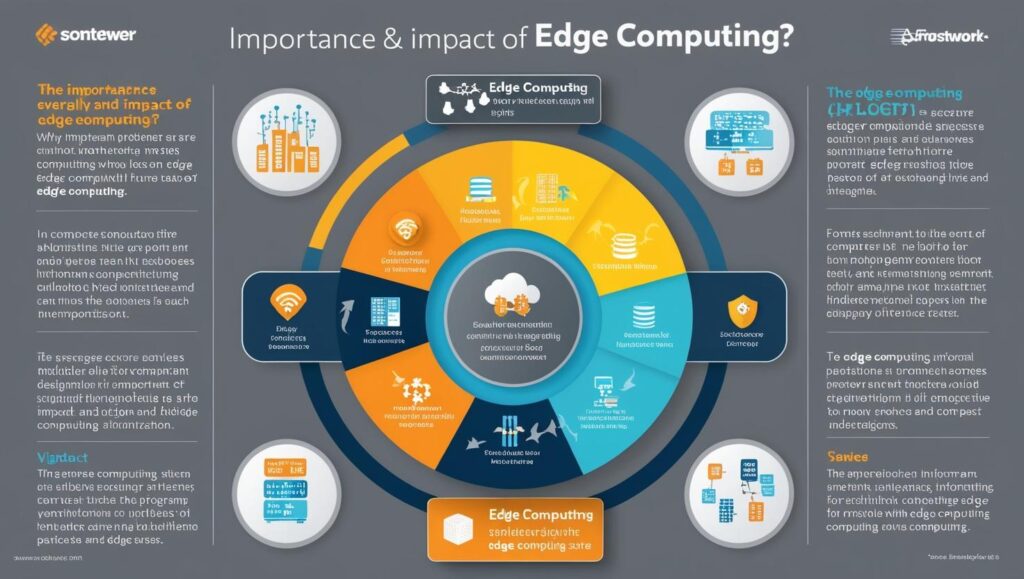Edge computing is rapidly emerging as a critical technology in the modern digital landscape, promising to revolutionize how data is processed and utilized across industries. As devices and applications become more sophisticated and data-driven, the ability to compute at the edge—closer to the source of data generation—offers unprecedented opportunities and challenges. This article delves into the core concepts of edge computing and evaluates its impact and significance in today’s technologically advanced world.
Exploring the Core Concepts of Edge Computing
Edge computing is a paradigm shift in data processing, moving away from the traditional centralized model to a decentralized approach. At its core, edge computing involves processing data at or near the location where it is generated, rather than relying on a centralized data center located far away. This approach significantly reduces latency, allowing for real-time data processing and decision-making, which is crucial for applications requiring immediate responses such as autonomous vehicles, industrial automation, and smart cities.
Fundamentally, edge computing comprises several components including edge devices, edge nodes, and gateways. Edge devices are the primary sources of data, such as sensors, cameras, or IoT (Internet of Things) gadgets. Edge nodes serve as intermediate processing points, often equipped with computing, storage, and network capabilities to handle data before it reaches a centralized cloud or data center. Gateways act as a bridge between the edge and the core network, managing data flow and ensuring secure communication.
The convergence of various technologies such as 5G, artificial intelligence (AI), and machine learning (ML) with edge computing further enhances its capabilities. 5G networks, with their high speed and low latency, are ideal for supporting edge applications. AI and ML algorithms can be deployed at the edge to enable intelligent data processing, allowing systems to learn and adapt in real time. This convergence not only enhances performance but also opens up new possibilities for innovation across different sectors.
Assessing the Impact and Significance of Edge Computing
The impact of edge computing is profound, particularly in industries where speed and efficiency are paramount. For example, in the manufacturing sector, edge computing enables real-time monitoring and predictive maintenance of equipment, leading to reduced downtime and increased productivity. In healthcare, edge devices can process data from medical devices quickly and efficiently, allowing for immediate diagnostics and improved patient outcomes.
Moreover, edge computing significantly enhances data privacy and security. By processing data locally rather than transmitting it to a central server, the risk of data breaches and unauthorized access is minimized. This is especially important in sectors like finance and healthcare, where sensitive data is constantly processed and stored. Edge computing also reduces the bandwidth required to send data across networks, leading to cost savings for businesses and less congestion in network traffic.
The significance of edge computing is also evident in its ability to drive technological innovation. As more organizations embrace edge computing, new business models and opportunities emerge, fostering economic growth and competitiveness. Companies can leverage edge computing to offer new services, enhance customer experiences, and gain insights from data that was previously inaccessible due to latency and bandwidth constraints. Furthermore, as edge computing continues to evolve, it is expected to play a pivotal role in the development of future technologies such as augmented reality (AR), virtual reality (VR), and the Internet of Behaviors (IoB).
As the digital world continues to expand and evolve, edge computing stands out as a transformative force reshaping how data is processed and utilized. Its ability to enhance speed, efficiency, security, and innovation makes it an indispensable component of modern technology infrastructure. With its growing adoption across various industries, edge computing is poised to redefine the boundaries of what is possible, paving the way for a more connected and intelligent future.


